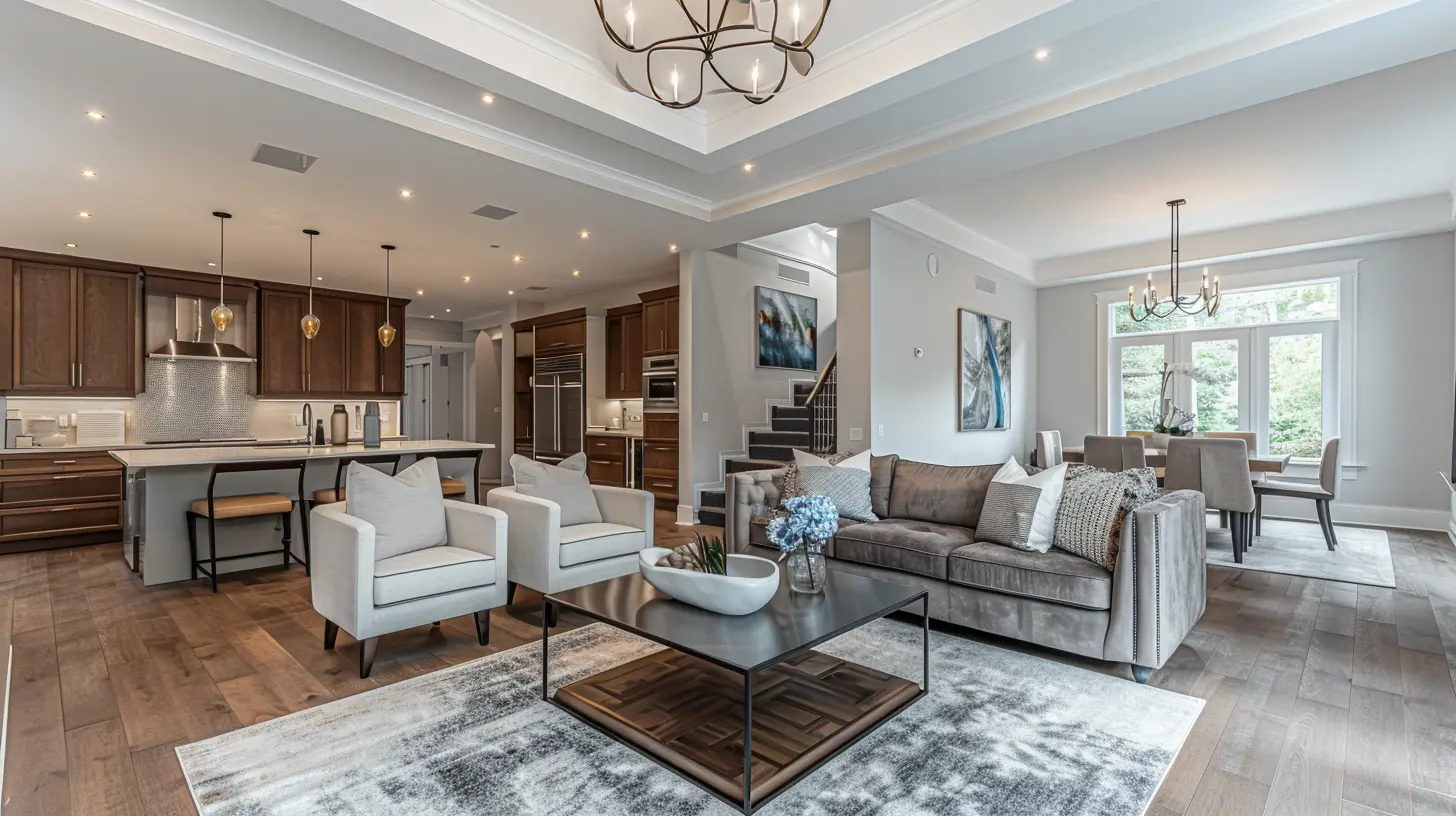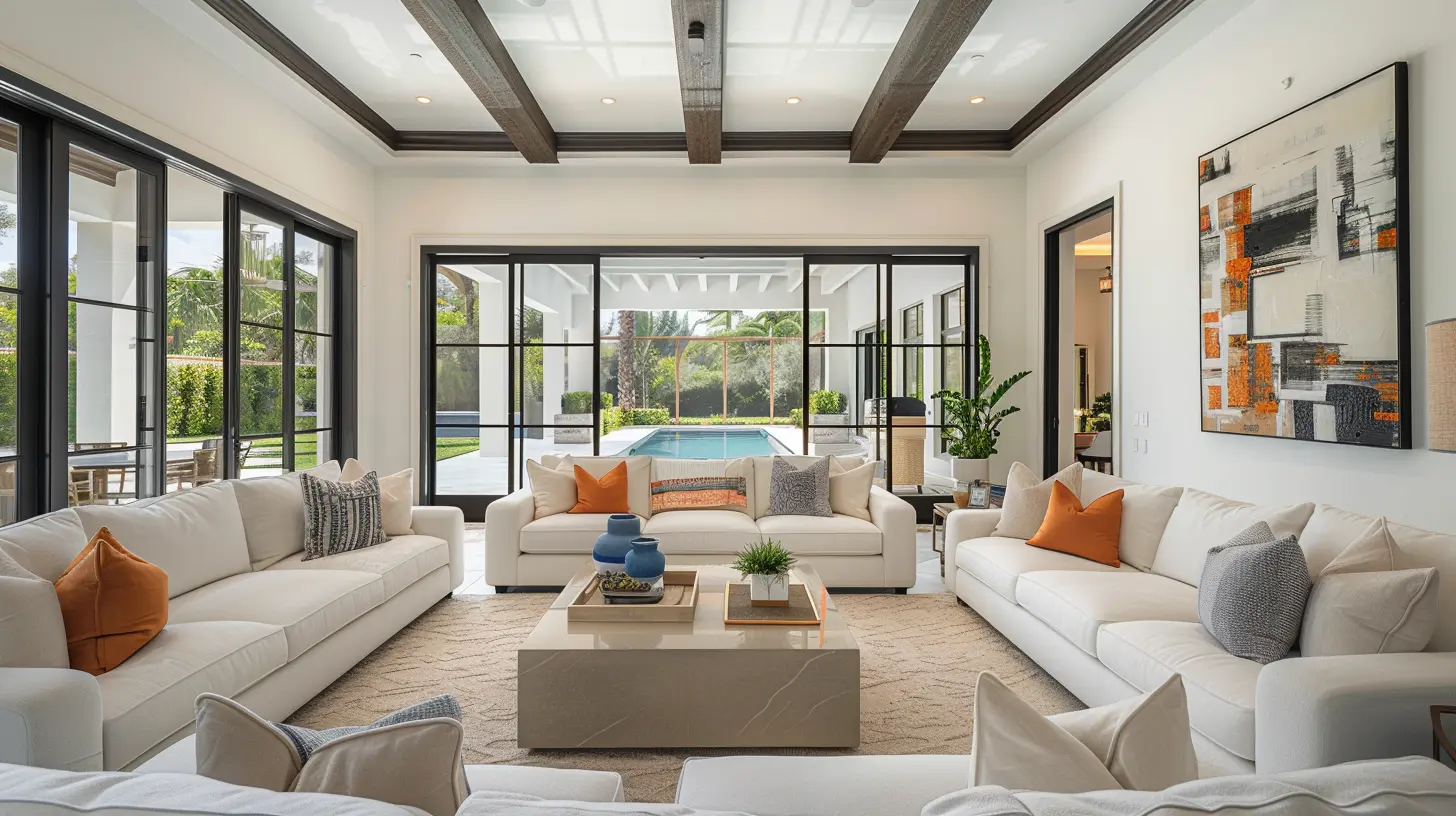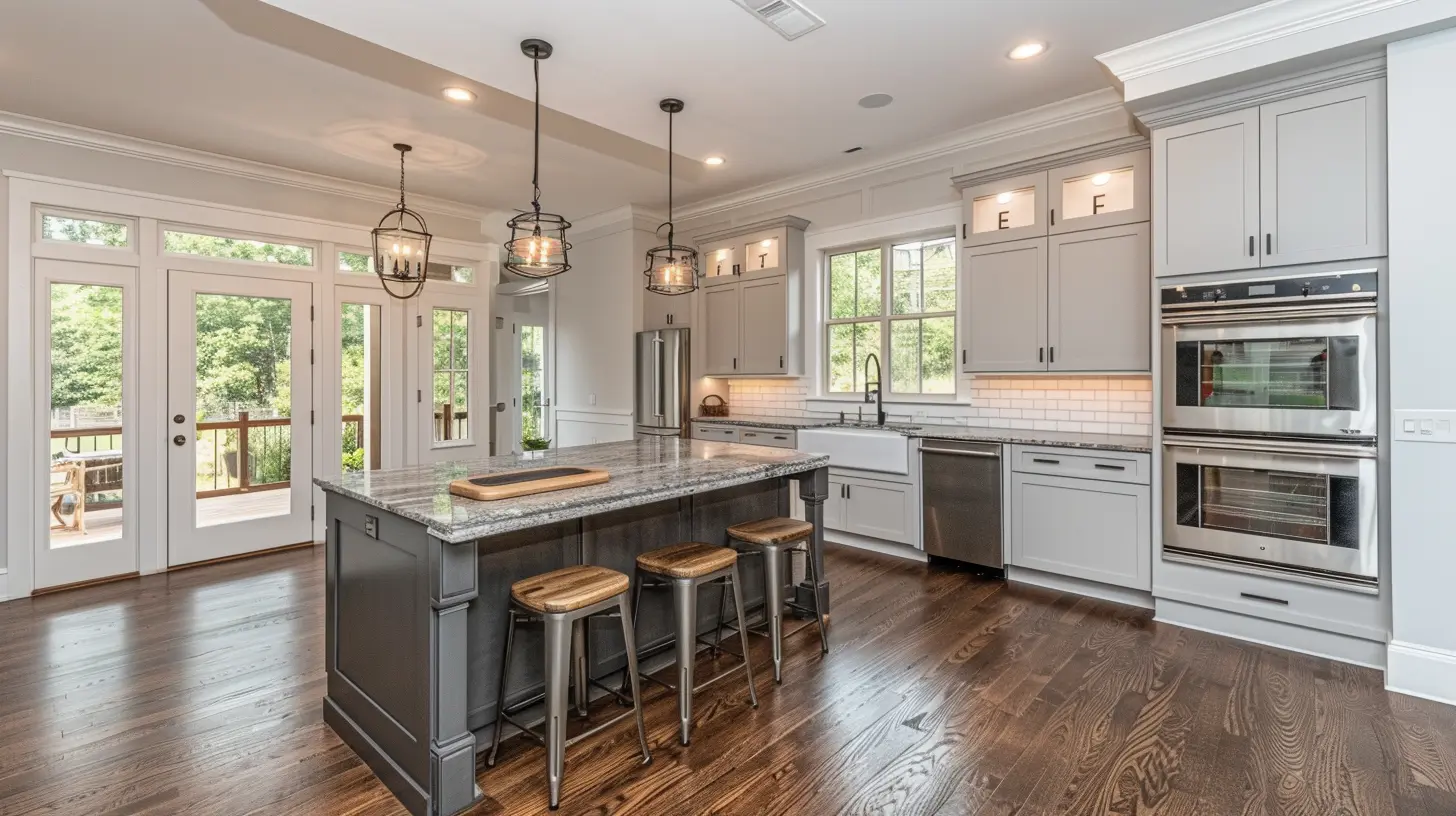The Impact of Art on Staging: How to Use Artwork to Elevate a Space
26 July 2025
Imagine walking into a home that’s been staged to sell. Everything looks pristine—fluffy pillows, neutral furniture, a perfectly set dining table. But something feels… off. It’s missing warmth. It lacks personality. It feels too sterile. Now, picture that same home with stunning artwork strategically placed on the walls. Instantly, the space feels inviting, sophisticated, and, most importantly, memorable.
That’s the power of art in home staging.
When done right, artwork can transform a space, evoke emotions, create a sense of luxury, and even influence potential buyers’ decisions. So, how can you use artwork to elevate your home’s staging game? Let's dive in.

The Psychology Behind Art in Home Staging
Art isn’t just about aesthetics—it’s about emotion. People don’t just buy homes; they buy lifestyles, dreams, and feelings. The right artwork can create an emotional connection, making a space feel like home before buyers even imagine moving in.Think about it. A carefully chosen abstract piece can make a living room look modern and high-end. A soft landscape painting can make a bedroom feel tranquil and cozy. Bold, eclectic artwork? It can add personality and vibrancy that many buyers didn’t even know they were looking for.
When staging a home, you’re not just selling square footage—you’re selling an experience. And art plays a bigger role in that than most people realize.

Choosing the Right Artwork for Staging
Not all art works. In fact, the wrong artwork can tank your staging efforts faster than outdated wallpaper. Here’s how to pick pieces that enhance a space rather than detract from it.1. Stick to Neutral Tones (With a Pop!)
While neon graffiti art might be a vibe in some homes, staging is about appealing to the masses. Stick to neutral colors—whites, beiges, soft blues, and grays—to keep things universally appealing.That doesn’t mean art has to be boring. A strategically placed pop of color can add some much-needed character to a space. Think of a sleek, all-white living room with a bold blue painting—it adds excitement without overwhelming the senses.
2. Match the Home’s Style
A modern condo with classic Renaissance paintings? Probably not the right fit. A rustic farmhouse with ultra-minimalist abstract pieces? Also a no.The artwork should complement the style of the home. If it’s a beachside property, opt for coastal-inspired pieces. If it’s a high-rise apartment, go for sleek, contemporary art. This creates harmony in the space rather than confusion.
3. Size Matters—Go Big or Go Home
A tiny painting on a massive, empty wall just looks… sad. Scale is everything when staging with art. Larger pieces help anchor the room and make it feel more dynamic.If you have a huge blank wall, consider oversized art or a stylish gallery arrangement. Too-small pieces make a room look unfinished, while well-scaled artwork makes it feel intentional and polished.
4. Keep It Light and Airy
Dark, heavy, and overly dramatic artwork can weigh down a space. Unless the home’s aesthetic is moody and sophisticated (think luxury penthouses), it’s best to keep artwork fresh and uplifting. Soft landscapes, abstract watercolors, or minimalistic art tend to work best in staged homes.Homebuyers should feel happy and comfortable in the space—not like they’ve walked into a thought-provoking art museum exhibit that makes them question their life choices.

Strategic Placement: Where to Put Artwork
Now that you know what kind of art works best for staging, let's talk about where to put it for maximum impact.1. The Living Room: The Focal Point
The living room is where buyers linger, so make sure the artwork shines here. Large statement pieces above the sofa create a focal point without the need for excessive furniture or decor.2. The Bedroom: Soft & Serene
Bedrooms should feel cozy and inviting. Artwork above the bed works wonders—it draws the eye and adds a sense of symmetry. Stick to serene images like nature scenes or soft abstracts to make the space feel peaceful.3. The Dining Room: Conversation Starter
A beautifully placed art piece in the dining room sets the tone for the space. Whether it’s a chic black-and-white photo or a modern abstract painting, the goal is to create an inviting atmosphere where buyers can envision themselves hosting dinners.4. The Entryway: The First Impression
First impressions matter. A well-placed piece in the entryway sets the tone for the entire home. It makes the space feel intentional rather than just an empty hallway leading to the good stuff.5. Bathrooms: Small & Stunning
Yes, even bathrooms need a little love. Small framed artwork can add charm without overwhelming the space. Think minimalist prints, soft florals, or abstract pieces for a spa-like feel.
Staging Art Faux Pas to Avoid
Like anything else in home staging, there’s a right way and a wrong way to do things. Here are some common mistakes to steer clear of:🔥 Too Personal – Family portraits and personal photos should be packed away. Buyers need to envision themselves in the home, not feel like they’re intruding on someone else's memories.
🔥 Too Many Pieces – Overloading the space with art can make it feel cluttered. Keep it balanced—one striking piece per room is often enough.
🔥 Too Bold or Controversial – Art should enhance, not distract. Avoid anything political, provocative, or too eclectic. You don’t want buyers fixated on the bizarre painting instead of the beautiful hardwood floors.
Art on a Budget: Affordable Ways to Elevate Staging
Not every home stager has a massive art budget, but that doesn’t mean you can’t still use stunning pieces.🎨 Prints & Canvas Wraps – High-quality prints can look just as chic as pricey originals.
🖼 DIY Artwork – If you’re crafty, consider making your own abstract pieces. A simple canvas with neutral brush strokes can work wonders.
🛍 Thrift Store Gems – Second-hand shops often have hidden treasures that can be framed and repurposed.
🏠 Renting Artwork – Some companies allow you to rent art for staging purposes—perfect for luxury listings.
Final Thoughts
Art is the unsung hero of home staging. When done correctly, it adds warmth, personality, and luxury to any space. It transforms a house into a home, helping potential buyers connect emotionally.So, if you’re staging a space and it still feels like it’s missing something, consider art. The right piece in the right place might just be the secret weapon that seals the deal.
all images in this post were generated using AI tools
Category:
Home StagingAuthor:

Melanie Kirkland
Discussion
rate this article
1 comments
Milena McMillan
Art transcends mere decoration; it infuses a space with personality and emotion. Thoughtfully selected artwork not only enhances staging but also helps potential buyers envision their lives within a home, making it a powerful tool in real estate.
August 4, 2025 at 11:40 AM

Melanie Kirkland
Absolutely! Art adds depth and character to staging, allowing buyers to connect emotionally and envision their future in the space. It's a vital element in creating an inviting atmosphere.


